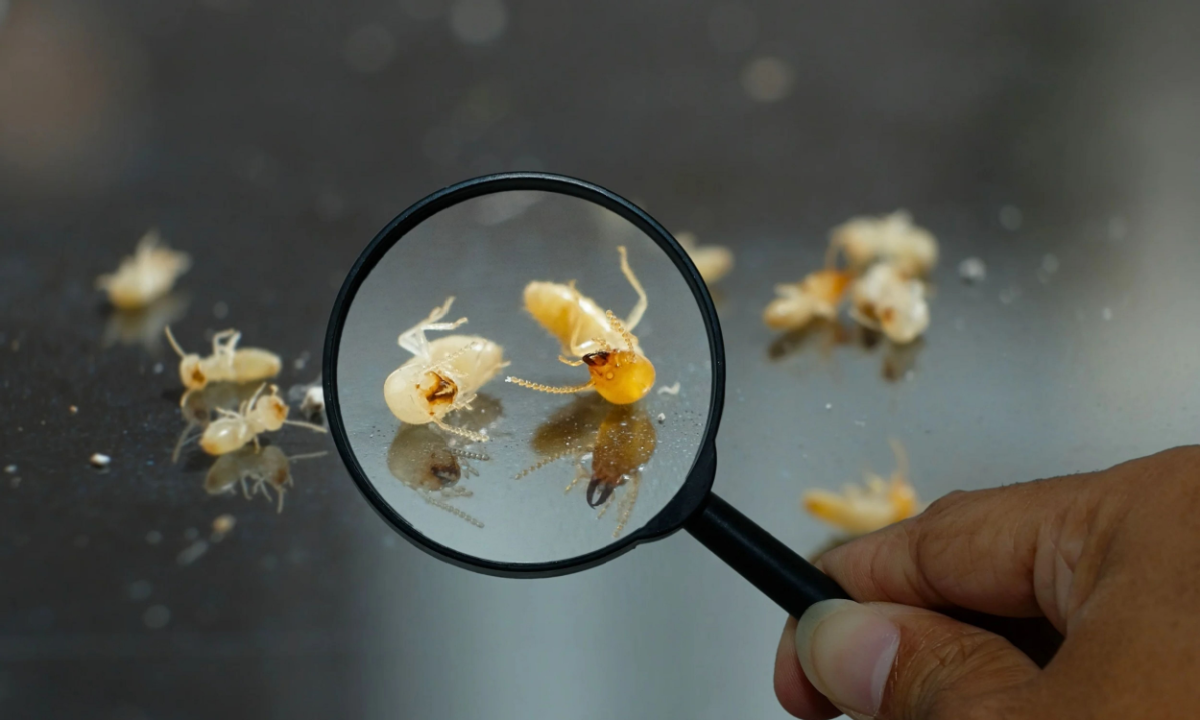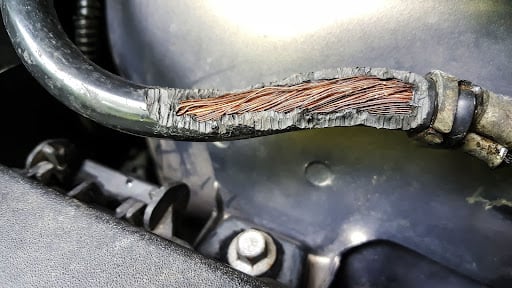It’s no secret that bed bugs are a common problem for residents across New Jersey.
According to a New York Times report, 1 in 5 homeowners have either experienced a bed bug infestation or know someone who has.
While many may cast off bed bugs as problems you’ll encounter at a cheap motel; any home can be vulnerable to bed bug infestations if they’re not careful. In fact, bed bug control for homes is just as common as for hotel pest control.
In the following article, we’ll go over everything you need to know about bed bug infestations in New Jersey, including signs of an infestation, where they come from, how to get rid of them, and preventative measures to keep them from returning!
Signs of a Bed Bug Infestation
When it comes to recognizing an infestation, it’s important to know precisely where to look and what to look for.
Bed bugs are, for lack of a better word, shy; they’re also only active in the evening, often enabling infestations to go unnoticed for weeks before they’re discovered.
Unfortunately, infestations can increase rapidly during their time on your mattress or couch, making for an increasingly difficult treatment.
For this reason, it’s best to do a thorough inspection the second you suspect the presence of bed bugs.
There are several signs to look out for if you suspect an infestation, including:
- Bites: Bed bugs are hematophagous insects, meaning they can only survive on the blood of warm-blooded mammals. Like any other blood-consuming pest, bed bugs leave notable wounds from their straw-like beaks, used to withdraw blood. While bed bug bites may resemble mosquito or flea bites, they’re often found in clusters or lines due to a singular insect making multiple punctures as it travels across the skin.
- Blood Stains: Like mosquitos, bed bugs inject you with an anticoagulant before feeding, allowing the blood to flow easier. However, the blood-thinning agent will also result in slower clotting once the bed bug is done feeding, often leaving blood stains on sheets, pillows, or mattresses.
- Adult Bugs and Eggs: Generally, bed bugs will lie dormant close to their feeding grounds (i.e., as close to you as possible). As a result, these insects will often hide in the folds of mattresses, between box springs, foam toppers, or in the crevices of bed frames. One of the most certain signs you have a bed bug infestation is the sight of actual live bed bugs or eggs.
 Are Bed Bugs Dangerous?
Are Bed Bugs Dangerous?
Technically, no. Bed bugs aren’t known to harbor disease or cause any medical issues besides infections or injury due to excessive scratching. Besides irritation, lost sleep, and associated anxieties, bed bugs are relatively harmless.
Where Do Bed Bugs Come From?
Generally, bed bugs are transported via infested items like luggage from an infected hotel, clothing from an infected home, or any unclean second-hand goods like furniture, books, blankets, etc. You could even bring them home after a trip in an infected cab or a seat in an infected movie theater!
Bed bugs are also relatively small and flat–like apple seeds–allowing them to climb through cracks and gaps in apartment complexes’ walls, floors, and ceilings. For this reason, bed bug infestations are most commonly reported in high-population areas.
Where are Bed Bugs Most Common in New Jersey?
While no dwelling is immune to an infestation, bed bugs are primarily found in highly-populated metropolitan areas. Hotels, motels, and apartment complexes are prime locations for bed bug infestations to take hold, if for no other reason than the sheer volume of people coming and going.
4 Steps to Get Rid of Infestations
1. Identify the Infestation
Conduct a thorough walkthrough of the premises and assess which rooms, areas, or pieces of furniture are infected. By following the infestation guidelines in the previous section, you should know exactly what to look for.
2. Prep the Area for Treatment
Before treatment begins, it’s important to follow these basic steps to ensure reinfestation doesn’t occur.
Reduce Clutter
Bed bugs can hide in even the smallest cracks and crevices, allowing some insects to escape your initial extermination efforts. Before beginning treatment, remove all items from the floor, clear away cardboard boxes, toss unwanted newspapers and books, and place all garbage directly into plastic bags. Make sure not to move any items from an infested room into an uninfested area to prevent spreading.
Clean Remaining Items
It’s important that nothing in an infested room goes untouched. Items should be thoroughly cleaned and treated; if items are too large or difficult to clean/treat, it’s recommended to place them into airtight containers or bags for upwards of a year to ensure that any remaining bugs or eggs are killed.
Eliminate Habitats
Bed bugs are excellent at going unnoticed, hiding away in the smallest cracks and crevices until it’s time to feed. As such, it’s important to eliminate potential hiding places like loose outlets, hanging pictures, peeling wallpaper, and gaps in baseboards. So seal all gaps using a suitable latex caulk to reduce potential hiding places. Wallpaper paste can also be used to reattach loose wallpaper, and outlet covers can prevent insects from crawling into electrical outlets.
3. Apply a Homemade or Professional Treatment
Several homemade treatments can be effective against bed bugs.
Non-Chemical Treatments
Heat
On hot enough days, throwing infested items into a tightly-tied plastic bag and leaving it out in the hot sun can cook bugs and eggs. Steamers are also effective when set to 130 degrees or higher.
Cold
Freezing bed bugs can also be a productive treatment, although temperatures must reach 0 degrees or below to be deemed effective. Unfortunately, this is a range that most home refrigerators and freezers cannot reach.
Chemical Treatments
Chemical treatment should generally be left to professionals. However, several EPA-approved options can be purchased through most hardware stores. Items such as foggers, desiccants, and diatomaceous earth can be safe and effective if used correctly.
Professional Assistance
If treating an infestation yourself is too overwhelming, you can always contact ya trusted pest expert for bed bug treatment.
4. Preventing Reinfestation
The best way to treat an infestation is to prevent it in the first place. Consider these preventative maintenance measures to keep your home free of bed bugs.
- Clean up all clutter and vacuum floors regularly.
- Wash all sheets and linens regularly.
- Be weary when using shared laundry facilities.
- Inspect yourself and your luggage after travel–even if it’s in a cab.
- Use bag stands at hotels.
- Inspect hotel beds when traveling.
- Inspect any used furniture or clothing before purchasing.
- Use 365 pest control services to prevent pests, such as bed bugs, year round.
No prevention method is foolproof, but these will help you spot an infestation before they require professional assistance.
While many people rightfully fear bed bugs, infestations can easily be prevented early on. Following simple preventative measures and understanding the signs can significantly reduce the risk of introducing these little blood-suckers into your home.
If all else fails, contact your local pest experts below for a quote. We know that bugs can be overwhelming, so don’t hesitate to pick up the phone and inquire about our wide range of treatment options and home protection plans to keep your household pest-free.



